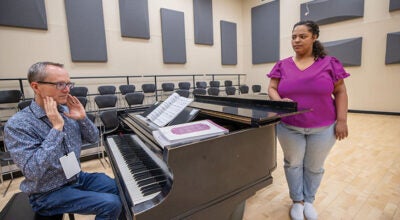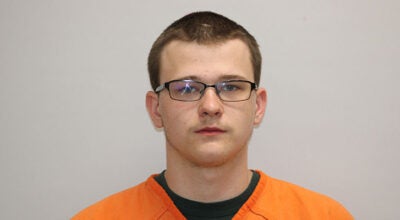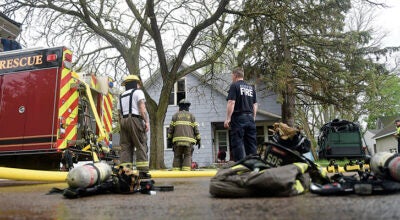Divided government returns to Minnesota’s Capitol
Published 6:13 am Wednesday, November 5, 2014
MINNEAPOLIS — The party’s over for Minnesota Democrats.
After two years of calling the shots in state government — a span in which they legalized gay marriage, raised the minimum wage and launched a state-run health exchange — their new reality is one of shared control with Republicans who gained a state House majority. It was a notable blemish on Tuesday night, when Democrats romped in high-profile races for governor and U.S. Senate and protected two congressional incumbents from stiff challenges.
Republicans will enter next year’s session with at least 70 seats, with the potential for two more in districts where their candidates held narrow leads. It takes 68 seats for a majority.
As they celebrated their respective wins, both newly re-elected Gov. Mark Dayton and leading House Republican Kurt Daudt spoke of a need to cooperate for the common good. The third piece of the equation — the DFL-run state Senate — was never in doubt because the chamber wasn’t on Tuesday’s ballot.
“We all want what is very best for Minnesota. We just disagree on the details,” said Dayton, who planned a news conference later Wednesday to talk about the changed Capitol dynamic. “The way we resolve those differences is called democracy. The genius of democracy is we don’t get it all our way.”
Republicans, who pitched voters on the value of a political check-and-balance, said they’ll be looking for collaboration over confrontation.
“As long as Democrats are willing to come to the table and put solutions first, we’re going to do great,” Daudt said. He said voters won’t see the GOP push for a wholesale reversal of the policies adopted in the past two years, but can expect some shifts in programs.
Some voters gravitated toward the message that split power in St. Paul was a good thing.
Minnetonka homemaker Kimberly Agneberg, 57, backed a Republican House candidate because she wanted “to get away from being Democrat-controlled, which is hard to do in Minnesota.” She said she thought Republicans would do better at cutting taxes and creating jobs.
One area that will test the new working relationship is transportation. Minnesota faces a backlog of road and bridge projects that would take billions of dollars to address. Dayton has signaled that he’ll push to implement a tax on gasoline supplies to come up with some of the money, but Republicans see that as a non-starter.
Clashes are also expected over MNSure, the year-old health insurance exchange that Dayton and Democrats launched amid GOP objections. There’s also a law that allowed for unionization of some day care providers and health care workers that could undergo more scrutiny and attempted revisions.
Deposed House speaker Paul Thissen, of Minneapolis, hopes divided government doesn’t spell gridlock.
“I’m hopeful that the Republicans will live up to their promise for wanting to work across the aisle,” Thissen said.
The GOP plowed its way to a House majority through greater Minnesota, where most competitive races went their way. Veteran Democratic Reps. John Ward of Baxter, Patti Fritz of Faribault and Andrew Falk of Murdock went down, as did several freshman members who came in during a 2012 wave election.
In an interview before the election, Senate Majority Leader Tom Bakk said the state’s improved finances should relieve some of the tension from the last time Republicans and Democrats had shared control. During Dayton’s first year, a budget standoff between him and a GOP-led Legislature forced a three-week government shutdown.
“I don’t think there will be a stalemate or gridlock,” said Bakk, DFL-Cook. “The challenges are much less.”





